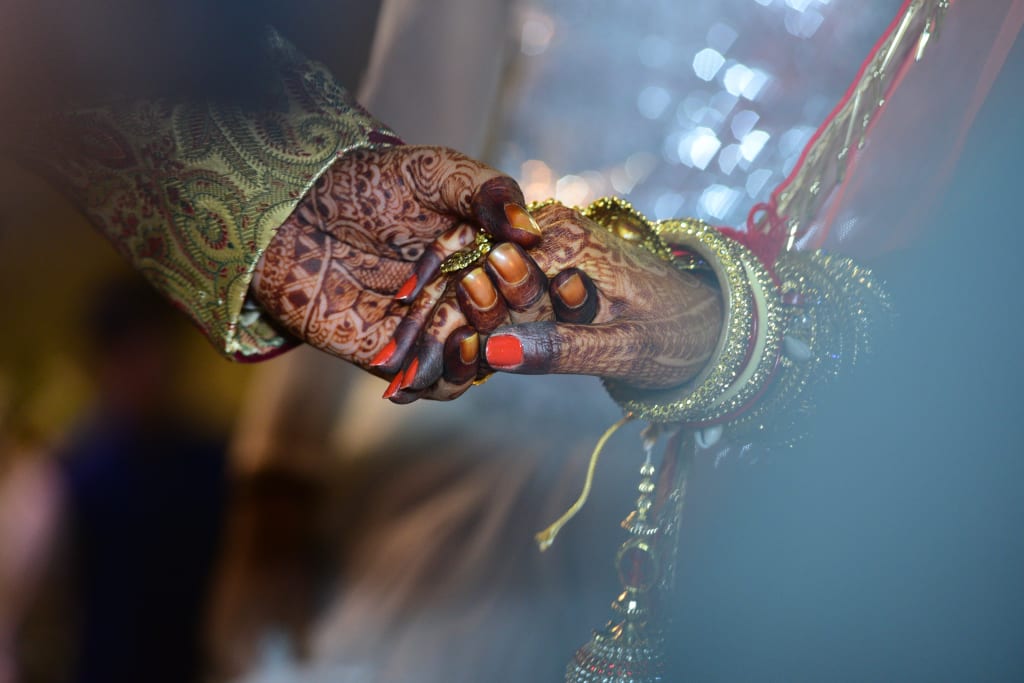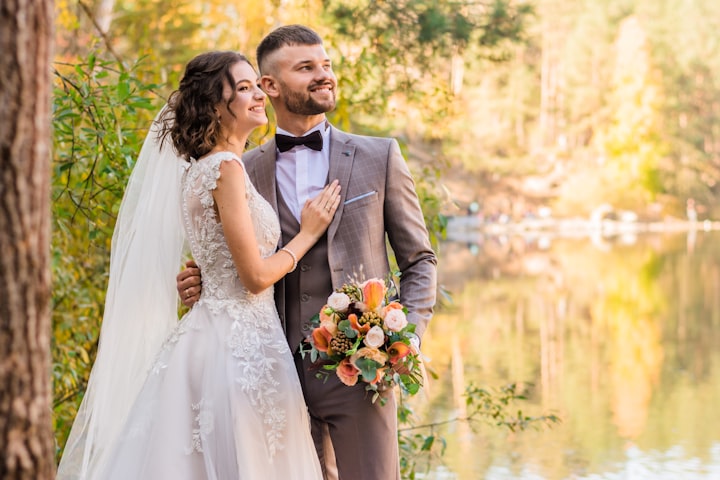
Indian culture has a long and rich history when it comes to marriage. It is considered as one of the most important events in a person's life and is often celebrated with great zeal and enthusiasm. The wedding ceremony in India is a grand affair, lasting for several days and involving many traditional customs and rituals.
In Indian culture, marriage is seen as a union between two families, rather than just between two individuals. This is why the wedding preparations usually involve both the bride's and groom's families, who work together to make the event a success. The families also exchange gifts and engage in various pre-wedding rituals that symbolize their union.
One such ritual is the engagement ceremony, where the bride and groom exchange rings and publicly announce their intention to marry. This is followed by a Mehndi ceremony, where intricate henna designs are applied to the bride's hands and feet. The Mehndi ceremony is a joyful event, with music, dance, and lots of laughter, and is considered to be a good omen for the couple's future together.
Another important pre-wedding ritual is the Haldi ceremony, where a paste made from turmeric, sandalwood, and other herbs is applied to the bride and groom to ward off evil spirits and bring good luck. This is followed by the Sangeet ceremony, where the families come together for a night of music, dance, and feasting.
The wedding day is the most important and auspicious day for the couple, and is marked by various rituals and ceremonies. The bride and groom are usually dressed in elaborate traditional attire, with the bride wearing a red or bright yellow saree and the groom dressed in a Sherwani or Kurta-Pyjama.
The first ceremony of the wedding day is the Baraat, where the groom, accompanied by his family and friends, travels to the bride's home on horseback or in a decorated car. This is followed by the Jaimala ceremony, where the bride and groom exchange flower garlands, symbolizing their acceptance of each other.
The main wedding ceremony is called the Saat Phere, where the bride and groom take seven vows, promising to love, care, and support each other for the rest of their lives. This is followed by the Sindoor and Mangalsutra ceremony, where the groom ties a sacred thread around the bride's neck, and applies Sindoor, a red powder, on her forehead, signifying that she is now a married woman.
The wedding reception is a time for the newlyweds to receive blessings and well-wishes from their friends and family. It is a lively event, with music, dance, and lots of food, and is a great opportunity for the bride and groom to show off their wedding attire and interact with their guests.
Indian marriages are not just about the wedding day itself, but also about the lifelong commitment that the couple makes to each other. In Indian culture, marriage is seen as a sacred bond, and it is believed that the couple will remain together for seven lifetimes. This is why the wedding vows are so important, and why the wedding day is celebrated with such joy and enthusiasm.
In conclusion, Indian weddings are a celebration of love, family, and tradition. They are an important event in a person's life and are marked by many customs and rituals that have been passed down from generation to generation. The wedding day is just the beginning of a lifelong journey for the couple, who will continue to celebrate their love and commitment to each other for many years to come. Couples will wait till the moment happens.
About the Creator
usharani
Hi everyone. I am interested in creating a stories and thus I feel this vocal media is a best platform to share my thoughts as stories so give your response to encourage my stories it would boost me to write new concepts. 'Thankyou for all'





Comments
There are no comments for this story
Be the first to respond and start the conversation.